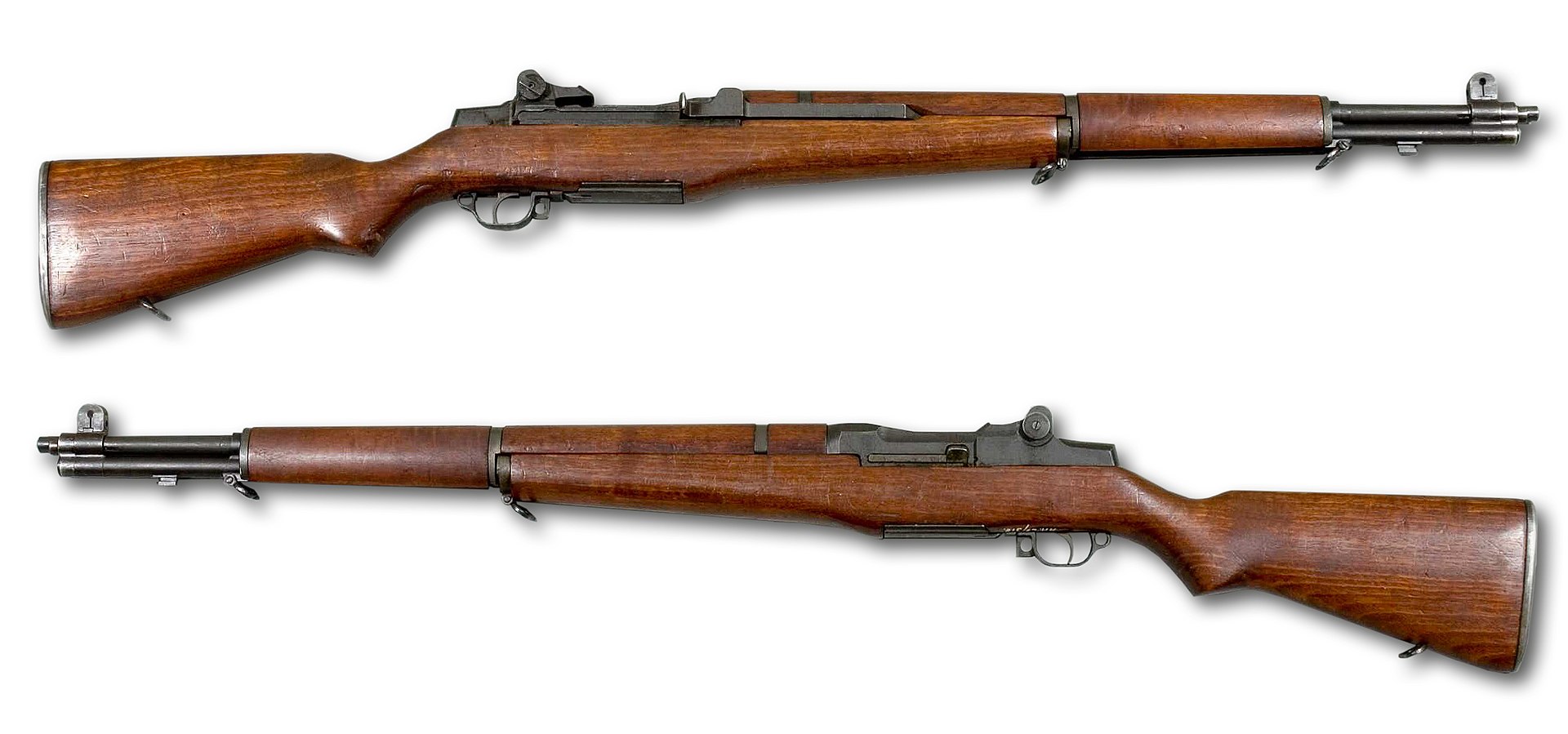The M1 Garand battle rifle served the United States Armed Forces for two decades of warfare, lasting the second world war, the Korean War, and the Vietnam war. It is undeniably the most efficient combat firearm applied and continues to serve other nation’s armies in the present. There’s more to the M1’s story to be learned from.
The Origins of the M1 Garand Battle Rifle
During the outbreak of World War I, a French-Canadian weapons inventor and designer named John Carty Garand introduced a light machine gun to the United States Armed Forces. Although his design never saw combat on the European frontlines, he was sent to Springfield armory located in Massachusetts to serve as a consulting engineer. He was exposed to the US forces’ bolt-action rifle known as the Springfield that fires single shot rounds after a singular reload. Vaucanson’s Duck as another amazing French invention.
John Carty Garand working for the Springfield Armory, began developing a primer actuated blowback rifle model empowered by the .276 caliber, a munition not used by most US bolt-action rifles of the period. He continued developing a prototype rifle known as the M1 Garand after the US Army requested that his prototypes called M1922 be chambered with .30-06 rounds. It successfully became the US forces’ primary battle rifle later supplied to its combat units.
The M1 battle rifle is a semi-automatic gas-powered rifle automated with a long-stroke piston. One squeeze of its four and a half pound trigger fired a round, with the gas expelled being used as a propelling force to move the bolt back that ejected a spent bullet casing. A spring mechanism would then drive the bolt forward, installing a fresh round from the rifle’s internal magazine mechanism, ensuring a new round in the rifle’s chamber.
The .30-06 or known as the (thirty-ought-six) is the primary rifle round used by pre-World War II United States forces. Its combination with the M1s reliability gave way to a semi-automatic rifle with several positive attributes. General George S. Patton praised the Garand rifle to be “the greatest battle implement ever devised.” after seeing troops under his command perform well with the firearm. The M1 gun entered mass production in 1937 before the United States was dragged into World War II.
Advantages of the M1 Battle Rifle
The United States Armed Forces was the only military entity that implemented the full potential of the M1 rifle during the Second World War. The United States was the only country that fielded a semi-automatic rifle as a standard infantry weapon that gave their troops a slight advantage over foes that initially preferred a bolt-action single-shot rifle for their soldiers. The rifle entered production in 1937 and was distributed to several military branch units in 1939.
-
Semi-Automatic
One of the praised features of the M1 rifle is its ability to fire successive eight-round fire volleys combining excellent fire rate and accuracy in a single weapon system. The Japanese used the Arisaka rifle while the Germans fielded the Gewehr 43 and Karabiner Kurz. The M1 rifle proved its abilities against both armies by giving US foot soldiers a dependable weapon that can deliver sustained bursts of fire with a maximum fire rate of 50-rounds per minute.
-
Long Range Shooting
The .30-06 is a round designed primarily for shots ranging 1,000 yards. The .30-06 chambered M1 Garand proved to be a flexible fighting weapon equipped with an adjustable rear iron sight to account for wind and elevation. It has a muzzle velocity of 2,800 feet per second and a standard effective range of 500 yards.
-
Squad-Based Tactics
The United States Armed Forces quickly adapted its squads to take advantage of the M1’s semi-automatic fire which revolutionized the way US troops fought battles. The M1 rifle’s magazine capacity of eight .30-06 rounds gave US riflemen the capability to suppress their enemies in wide fields of engagement, nearly similar to a machine guns’ primary function. The M1 rifle offered an increased rate of fire equating to 30 rounds a minute, which is useful in combat areas even with just a handful of US soldiers.
Conclusion
The M1 rifle came with an eight-round top-loading clip and gave many US riflemen an edge in combat. The semi-automatic rifle capable of a 50-round per minute maximum fire rate helped most combat units suppress their enemies even when fighting in large areas. The M1 was well-received by soldiers and was improved post-war as the M14 rifle that many worldwide armies still use up to this day.

